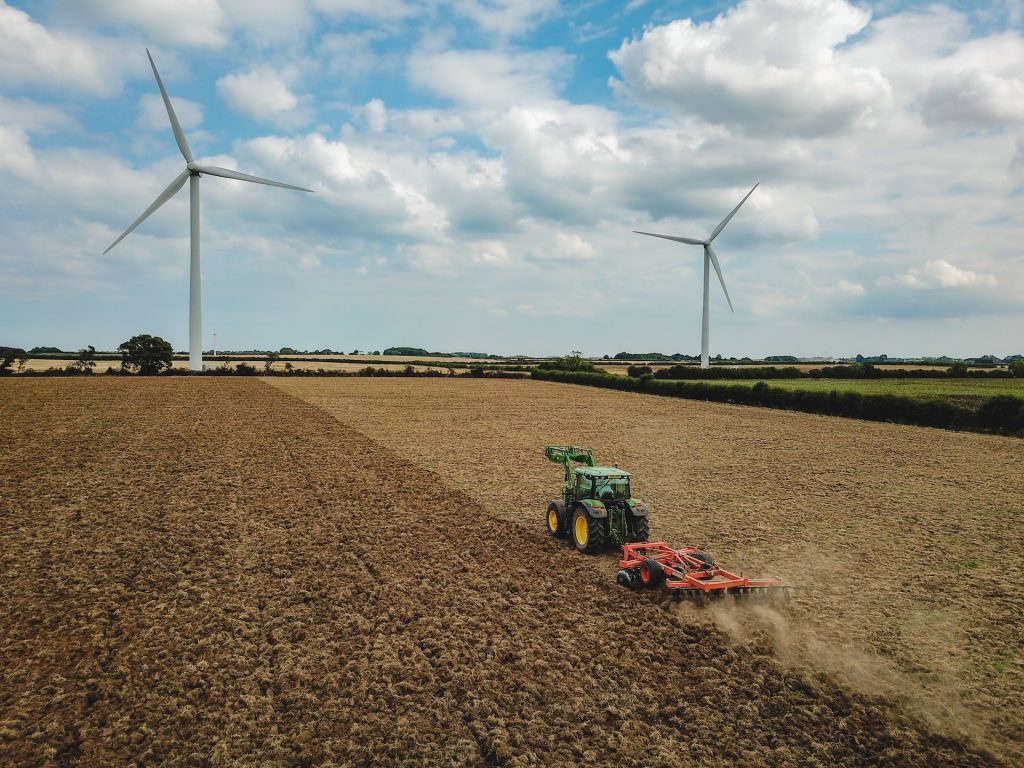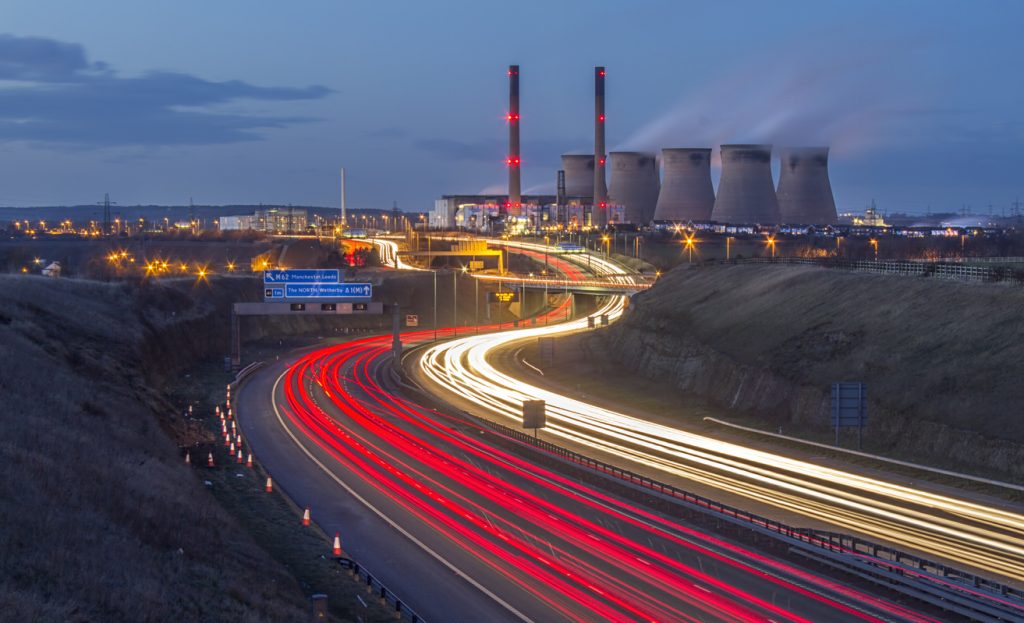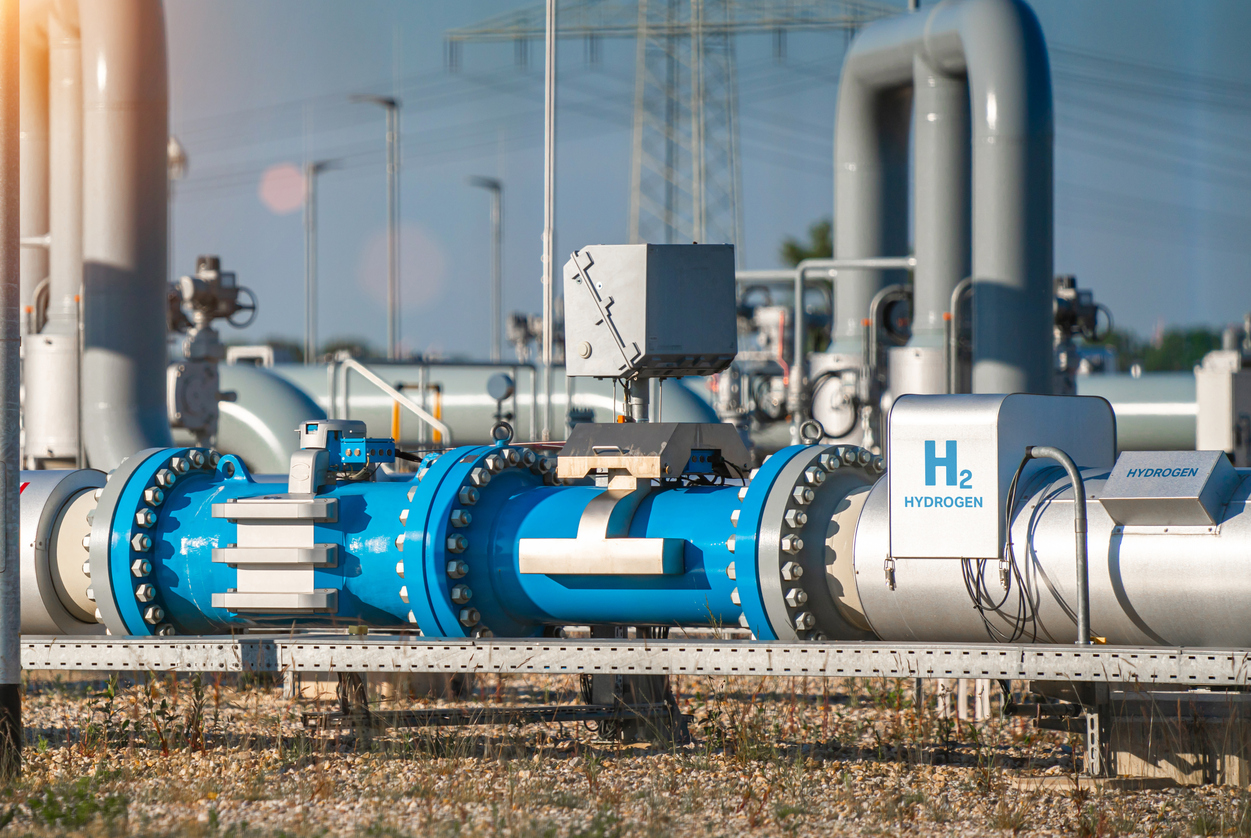The UK is wasting astonishing amounts of electricity and it is costing us a fortune.
Last year, we paid windfarm operators £215 million to turn off turbines when they were producing more than the grid could handle, and a further £717 million turning on so-called peaking gas power plants to fill the gaps in demand. The wildly inefficient process led to an extra 1.5 million tonnes of CO2 being released into the atmosphere.
Solving the UK’s curtailment problem (turning off producing assets is called curtailment) is a complex challenge with many moving parts, including high voltage direct current (HVDC) cables and large batteries but most of all we need long-term energy storage.
Batteries are great at balancing short-term demand fluctuations, but most grid-scale batteries only hold 30-90 minutes of power. More cables are needed to move renewable electricity from where it is produced (mainly in Scotland and offshore) to where it is consumed (mainly the southeast of England), but that doesn’t solve issues of intermittency, particularly the seasonal variety whereby more wind power is produced in winter while output tends to flatten in summer.

In 2022 alone the U.K. paid windfarm operators £215 million to turn off turbines when they were producing more than the grid could handle, and a further £717 million turning on so-called peaking gas power plants to fill the gaps in demand. The wildly inefficient process led to an extra 1.5 million tonnes of CO2 being released into the atmosphere.
One of the solutions to intermittency and seasonal fluctuations that is gaining in popularity is clean hydrogen, made by splitting water with electrolysers powered by renewable energy. When excess electricity is produced by wind and solar assets, it can be fed into electrolysers to produce hydrogen, which is then burned to generate power when it’s needed.
Burning hydrogen creates no carbon emissions, while producing it through electrolysis is as clean as the source of the electricity.
Power producers are already preparing their assets for a hydrogen future.
Centrica Business Solutions said in April that it’s building a 20MW hydrogen-ready gas-fired peaking plant in Worcestershire after acquiring a decommissioned power plant in Redditch.
Expected to be operational later this year, it will be capable of powering 2,000 homes for a full day with a mix of natural gas and hydrogen.
While not yet official policy, the UK government is considering subsidising gas power stations to convert to burning hydrogen, according to a recent report.
“The government is currently exploring the need and case for market intervention for hydrogen to power,” said an unnamed person at the Department of Energy Security and Net Zero. “Government views hydrogen as an important component of our future power system to provide flexible low carbon generation capacity as we integrate more renewables.”
The UK has a sizeable fleet of 42GW of gas-fired generation assets that produce about 40% of our electricity.

UK government is considering subsidising gas power stations to convert to burning hydrogen, according to a recent report.
A paper last year from Aurora Energy Research found that the cost of converting natural gas-fired peakers to hydrogen-compatible units, building the additional renewable and nuclear capacity and 10 TWh of interseasonal hydrogen storage would cost £21 billion compared with between £82 billion and £112 billion for a battery-based solution.
The IEA also sees both hydrogen and hydrogen-derived ammonia increasingly being blended with natural gas and coal for the production of power towards the end of this decade. Some 410 GW of natural gas‐fired power plants and 160 GW of coal‐fired plants will be retrofitted by 2050 to co‐fire ammonia and hydrogen, providing 2‐3% of global electricity generation from 2030 to 2050, it predicts.
Hydrogen ready power stations allow generators to transition from natural gas to clean hydrogen as the availability of the latter increases.
In January of this year, Norway’s Equinor and Germany’s RWE announced plans to build several new gas power plants that will run first on gas, then on hydrogen produced from gas with carbon capture and storage, and finally on hydrogen made using renewable energy.
In November 2022, state regulators approved Entergy’s proposal to build the 1,215MW Orange County Advanced Power Station (OCAPS) in Texas. The plant will initially be able to burn up 30% hydrogen by volume along with natural gas, and will eventually be capable of running on up to 100% hydrogen.

Pictured: Ferrybridge Power Station in Yorkshire, England. A paper last year from Aurora Energy Research found that the cost of converting natural gas-fired peakers to hydrogen-compatible units, building the additional renewable and nuclear capacity and 10 TWh of interseasonal hydrogen storage would cost £21 billion compared with between £82 billion and £112 billion for a battery-based solution.
The world’s first large-scale hydrogen ready power plant is being built in Singapore and is expected to be ready by 2026. Keppel Sakra Cogen Plant will be built on Jurong Island and will be able to produce up to 600MW of electricity.
Last year, the UK generated about 30% of its electricity from renewables, of which about 23% came from wind. As we approach 80-90% renewables, the curtailment problem gets a lot harder, while the final push to 100% renewables will be very challenging indeed.
Clean hydrogen provides a solution that allows for greater penetration of renewables while making use of the existing stock of natural gas generating facilities that can be adapted to burn more clean hydrogen as it becomes available.
It’s not the only measure needed to reach a net zero power grid, but it’s potentially a big piece of the puzzle.
To learn more about Ryze Hydrogen, click here.






